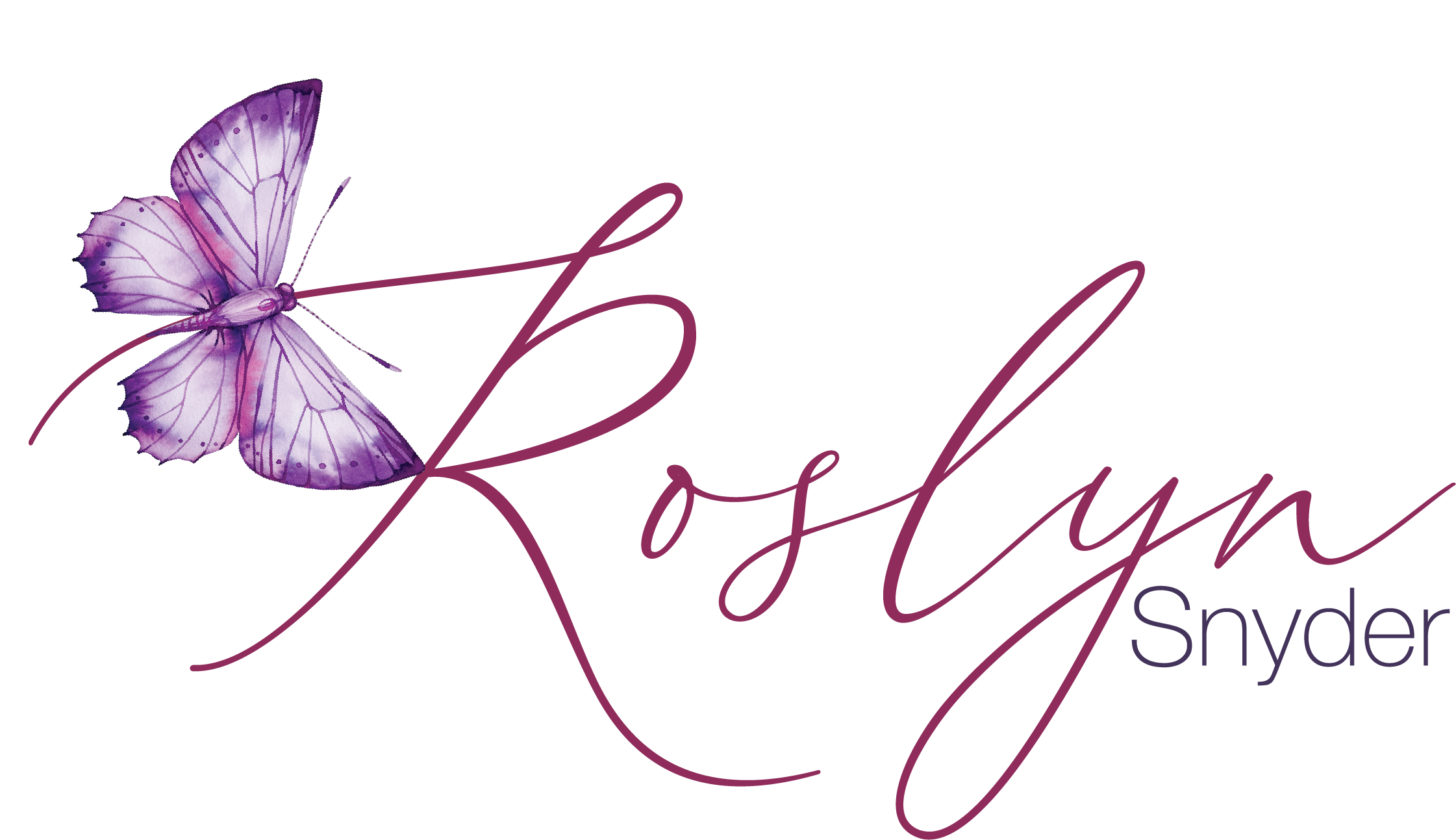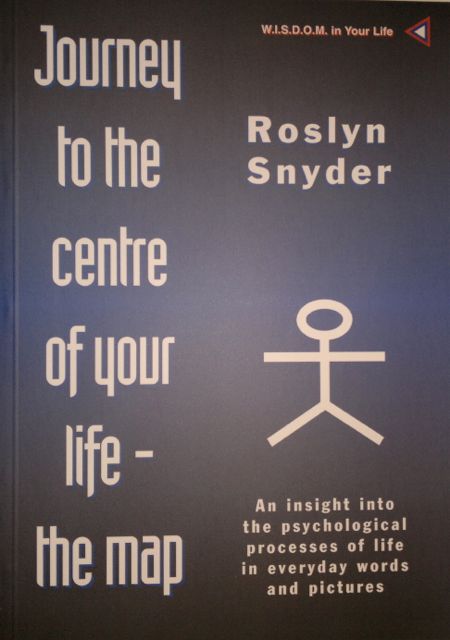'MAP' BOOK
Journey to the centre of your life – the map.
This book uses a metaphorical map that explains the complex processes people go through whenever there is a change in their life. These changes can be normal and expected (going to school, getting married or dying your hair) or out of the ordinary and unexpected (abuse, death of a child or kicking your toe). With every change people journey through the map learning and growing.
Journey to the centre of your life – the map also shows how people become stuck or lost, what the consequences are and how to get back on track. While the journey through the map is not always happy, it is always a growing experience. Some people are born to parents who are already struck or lost and are never shown a way through. Sometimes the change in our life is so big we can be left mentally and emotionally shattered.
Everyone needs a map!
This is my most popular book and after reading it many people buy copies for other family members!

